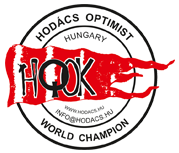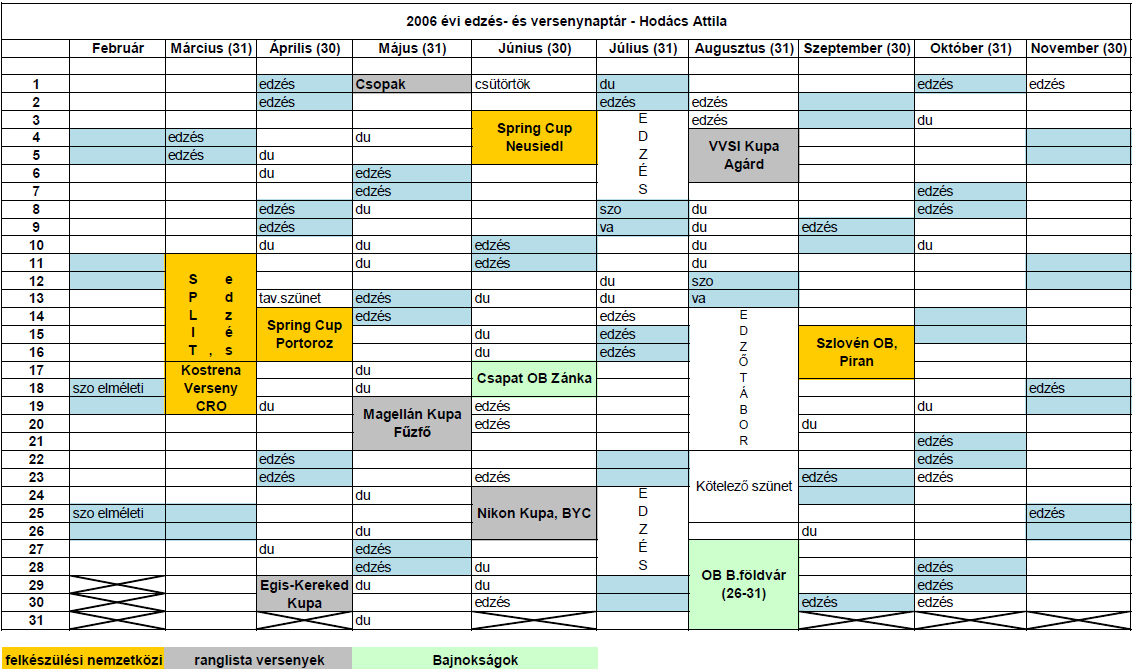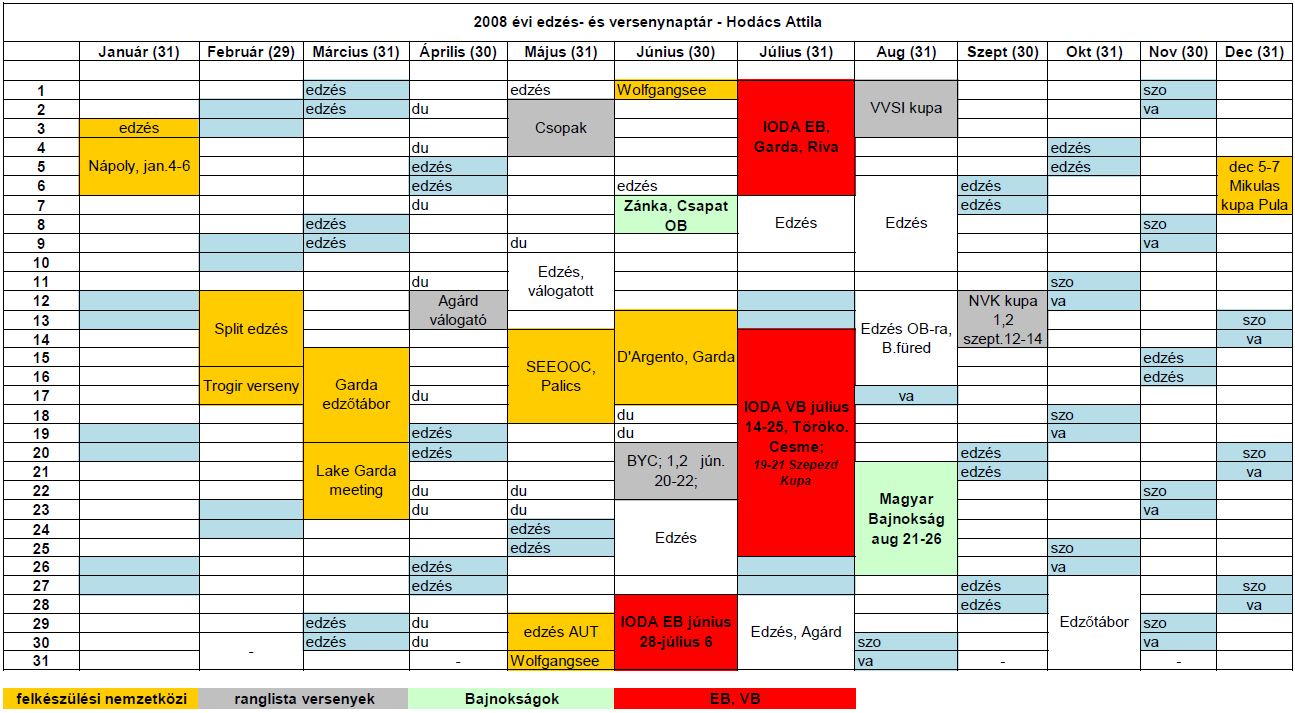Calendar planning ideas
Hello everyone!
A bit more time has passed since my last post than I initially planned, but I appreciate all the encouragement and feedback! This post will focus on planning a sailing season and the various factors to consider. It crossed my mind that it might be late to discuss this in early May, especially since many sailors have been actively training or competing since February, and the first ranking event has already taken place. Ideally, the next season should be planned by autumn, but as it’s still early in the season, these ideas might still be helpful for fine-tuning your calendar.
Creating a training and competition calendar for the season requires careful planning, as you must consider several factors to reach annual goals effectively:
- Number of training days (focused near competitions or spread evenly)
- Type of training (maneuvering, technical skills, fleet racing, rules, theory, etc.)
- Key competitions and peak events
- Major ranking events and selection trials
- Smaller preparatory events
- Logistical possibilities
- Land-based training sessions
- Family commitments
These criteria, which can certainly be expanded, serve as a good starting point for setting priorities and creating an annual plan suited to individual goals.
Classic Phases
for a Sailing Season
A typical seasonal breakdown looks like this:
- Spring – Preparation and practice sessions, including training or competitions locally and internationally.
- Summer – Continued training and focusing on ranking events, with EC/WC and national championships as peak events.
- Autumn – "Wind-down" phase, with the season’s end, cool-down training, and lighter competitions.
- Winter – Mostly physical conditioning and theory
sessions
This model offers a universal approach, and many sailors follow this structure, which is effective. However, for higher-level goals, this structure has a notable gap: a 3–4 month break from sailing between winter and early spring. This downtime slows the learning process and the development of automated skills, extending the time needed to gain experience. But for many sailors, the seasonal “hunger” and focus when they return in spring can make training productive.
Trends in
Year-Round Sailing
In recent years, an evolving trend has shifted the traditional calendar’s structure and proportions, with a modified breakdown as follows:
- Winter-Spring – Training sessions or competitions (international), the start of selection events.
- Spring – Further training and selection trials, beginning the national ranking series.
- Summer – Ranking events and training
(local/international):
- Peak 1: EC/WC
- Peak 2: National Championships
- Autumn-Winter – Ideally includes pre-venue training, preparation for selection events, and both local and international events.
This shift results from various factors. First, international competition creates pressure, as sailors who race more frequently gain experience and remain sharp. To keep up with them, the offseason needs to be shortened. Secondly, specialization has increased—like all fields today, competitive sailing demands in-depth, specialized skills from both athletes and coaches, requiring more time and focus. Furthermore, traditional major international competitions (often crucial for EC/WC preparation) fall towards the end of the training period or sometimes occur early, requiring a quicker start to preparations.
Benefits and
Drawbacks of Year-Round Sailing
Domestically, the change is also linked to
increased opportunities compared to past decades, allowing more sailors to
participate in monthly winter training camps or competitions. Consequently, the
number of sailing days increases, enabling consistent skill development. The
downside is that there’s always a new event to prepare for, leaving less time
for training blocks and reducing physical conditioning time, not talking about the reduced physical and mental "recharging" time.
Regardless of the seasonal breakdown, each phase has its performance curve, which every coach tries to peak around key competitions. Additionally, the training and racing calendar in an Optimist team will shift over time. For instance, younger sailors need more training days relative to races in their early years, but this balance shifts as they gain experience and aim for higher goals.
Example
Training and Competition Calendar
To provide practical context, here are sample calendars from 2006 and 2008, used by my former students, including the Gyapjas brothers, Vadnai brothers, Wolf brothers, Huszka, Bors, and many others. In 2006, most of these sailors were only in their second year of racing, so qualifying for EC/WC wasn’t the main goal (although Benji made it to the EB and finished as the best youngest sailor in 20th place!). By 2008, we had set higher goals and adapted the calendar accordingly.
Below is a comparison of sailing days between the two years:
|
Year |
Training Days |
International Preparation (Training + Race Days) |
Competition Days (including peaks) |
Total Days on Water |
|
2006 |
75 |
18 |
19 |
112 |
|
2008 |
62 |
36 |
29 |
127 |
This illustrates how planning adapts to goals and experience levels. Of course, this is only one approach—there are many ways to create an effective calendar. Today, even a basic calendar filled with major and minor events largely shapes the annual training and racing plan.
Summary
Investing time in planning an annual calendar
with a 3–5 year vision is worthwhile. Balancing competitive events with strategically
timed training days is crucial for achieving goals. After all, as Horváth Laci
says, “You are what you train.”


